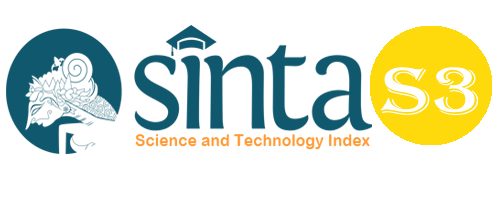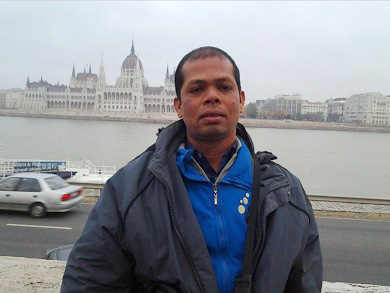Cartography: Sciences, Art and Technology
Abstract
This research was conducted because of the different views on cartography, both from the point of view of benefits as well as the disciplines that cover it. Cartography paradigm shift that cartography is not a rigid work that is only understood by certain circles but as an attractive and communicative map that is understood by the community.: to describe modern cartography with a blend of science, art and technology. using a literature review, with a qualitative research approach. Modern cartography is a map produced from careful observation and analysis, using methods according to the right rules, presented in an attractive manner for the long-term interest, by utilizing the latest technology, serving and focusing on user needs. Today, most agree that maps are said to be good if they follow civilization, can provide broad benefits and are not a rigid result, but can be a source of information that can be used by individuals and organizations.
Keywords
Full Text:
PDFReferences
Brotton, J. (2014). A History of the World in 12 Maps. New York: Penguin books.
Cosgrove, D. (2005). Maps, mapping, modernity: Art and cartography in the twentieth century. Imago Mundi, 35-54.
Crouch, D. (2010). Flirting with Space: Journeys and Creativity. Routledge, Abingdon.
Demaj, D., & Field, K. (2012). Map Examples. ICA Commission on Map Design.
Field, K., & Cartwright, W. (2014). Becksploitation: The Over-use of a Cartographic Icon. The Cartographic Journal, 343-359.
Frančula, N. (2005). Cartography in the 21st century. Zagreb: Faculty of Geodesy, Institute for Cartography.
Gartner, G., & Wien. (2019). The relevance of Modern Cartography and the demand for contemporary education: The International MSc Cartography. Vermessung & Geoinformation, 95-100.
Gotlib, D., Olszewski, R., & Gartner, G. (2021). The Extended Concept of the Map in View of Modern Geoinformation Products. International Journal of Geo-Information, 1-16.
Griffin, A., Robinson, A., & Roth, R. (2017). Envisioning the future of cartographic research. International Journal of Cartography, 1-8.
Hasbullah, Hatta, M., and Arifin, Z. (2018). Communication Pattern of Wilayatul Hisbah, Lhokseumawe City in Implementing Amar Makruf Nahi Mungkar. Budapest International Research and Critics Institure Journal, Vol. 1, No. 4, 194-205.
Kent, A. (2013). ‘Understanding aesthetics: the cartographers’ response’. The Bulletin of the Society of Cartographers, 31-43.
Kent, A. (2017). Trust Me, I’m a Cartographer: Post-truth and the Problem of Acritical Cartography. The Cartographic Journal, 193-195.
Lapaine, M. (2019). Mapping in Cartography. Proceedings of the International Cartographic Association.
Levy, Y., & Ellis, T. (2006). A Systems Approach to Conduct an Effective Literature Review in Support of Information Systems Research. Informing Science, 181-211.
McLean, K. (2016). Ex-formation as a method for mapping smells-capes. Communication Design, 173-186.
Nold, C. (2009). Emotional cartography: technologies of the self.
Ostrowski, W. (2008). Stages of Development of Cartography as A Science. Miscellanea Geographica, 267-276.
Reichenbacher, T. (2003). Adaptive Methods for Mobile Cartography. Proceedings of the 21st International Cartographic Conference (ICC) 'Cartographic Renaissance' (pp. 1311-1322). Durban, South Africa: Document Transformation Technologies.
Ribeiro, D., & Caquard, S. (2018). Cartography and Art. The Geographic Information Science & Technology Body of Knowledge (1st Quarter 2018 Edition). John P. Wilson.
Troyer, M. (2002). The world of H. C. Berann.
Tyner, J. (2005). Elements of cartography: tracing fifty years of academic cartography. Cartographic Perspectives, 4-13.
Wood, D. (2010). Everything sings: Maps for a narrative atlas. Los Angeles: Siglio.
Wood, M. (2003). Cartography in the Age of Geographic Information Science. Geogr. Cas.
DOI: https://doi.org/10.33258/birci.v5i3.6541
Article Metrics
Abstract view : 35 timesPDF - 45 times
Refbacks
- There are currently no refbacks.

This work is licensed under a Creative Commons Attribution-ShareAlike 4.0 International License.

This work is licensed under a Creative Commons Attribution-ShareAlike 4.0 International License.

_.gif)

















_.gif)



